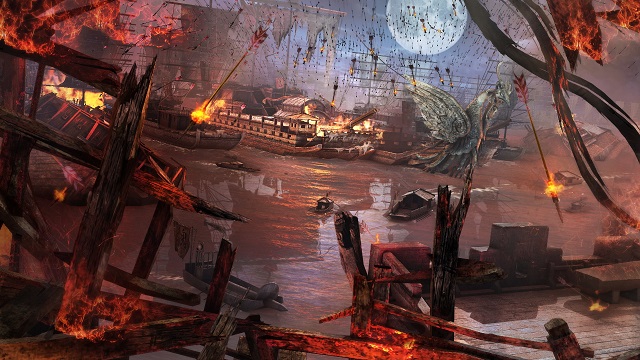The end of the mighty Han Dynasty was marked by one of Chinese history’s most significant turning points – the Battle of Red Cliffs, or battle of Chibi.
The aftermath of the Red Cliffs battle laid the foundation of the Three Kingdoms period, known as one of the bloodiest times in Chinese History.
The Battle of Red Cliffs took place in 208 A.D. The allied forces of the southern warlords Liu Bei from the Kingdom of Shu and Sun Quan from the Kingdom of Wu successfully won against the northern warlord Cao Cao from the Kingdom of Wei. Although the sight of the battle itself is open to a debate, a possible location is the southern bank of Yangtze River.
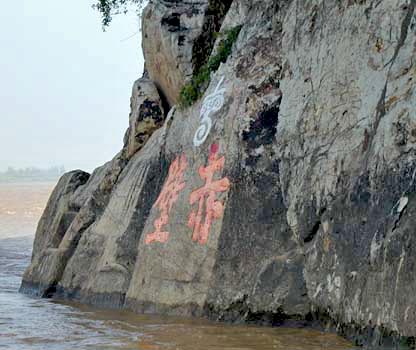
Cao Cao was a powerful warlord, who for a short time managed to unify the entire North China Plain under his rule and secured the frontier of his land. After 208, when he gained absolute power over Northern China, Cao Cao’s next aim was to eliminate his rivals on the South and take control over all the Chinese lands. The mighty northern warlord gathered an army of 800,000 men (though that number is debatable) and began his campaign to the South. Other sources estimate the army couldn’t have been larger than 240,000.
The Yangtze River was a strategical point of economic and political significance for the unification of the empire Cao Cao aimed at. Thus, this was his prime target, if the Northern warlord was to take over the South. The river was in the hands of the southern lords Liu Biao – who died shortly before the battle – Sun Quan and their ally Liu Bei.
The South did not wait helplessly for the invasion to begin. The southern generals formulated their tactics, knowing how best to take advantage of Cao Cao’s bloated troop numbers, and raised a force of 50-80,000 men, around half of which were trained in naval warfare.
Cao Cao’s men were not trained for naval battles, and they had marched to the point of exhaustion. The northern army was also badly supplied for it was an enormous force, highly undisciplined and hard to maneuver. The morale and the loyalty of the army were also questionable, as many of the men were the soldiers of other defeated lords, including those of Liu Bei who was defeated in a battle earlier.
The Three Stages of Defeat – Battle of Red Cliffs
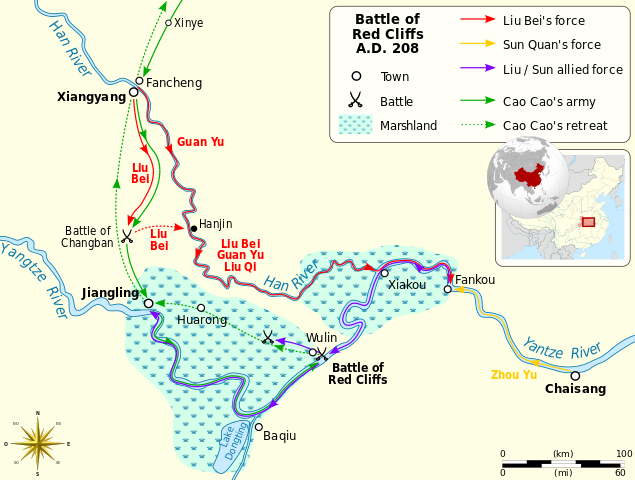
Before the battle could start, Cao Cao’s army was already affected by sea sickness and the men started to die from the lack of fresh water and rest. The northern warlord was forced to make a camp, and the army settled on the northern bank of the river, while on the south were the defenders. Cao Cao ordered his men to chain together the ships, in order to reduce the impact of the waves and allow his men to recover a little.
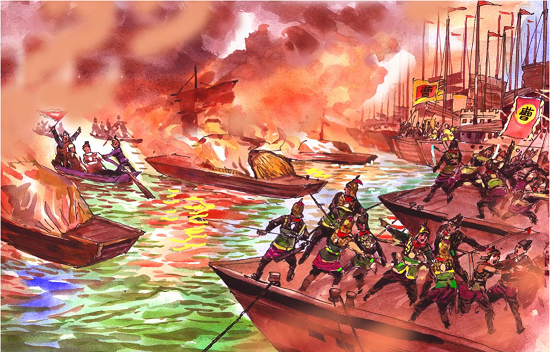
General Zhou Yu seized that opportunity and crafted a plan to damage the fleet of the invaders. He pretended he was changing sides and surrendering to Cao Cao. He filled his ships with all sorts of burning materials and when they got close enough, his men set them ablaze and secretly left the fire ships with small boats.
Zhou Yu’s plan worked perfectly. The burning ships clashed in the chained navy of the northerners and set it on fire, alongside with countless of Cao Cao’s men and their horses. Those who did not die in the flames drowned in the waters of Yangtze. Soon the fire broke out on the shore and set the camp ablaze, burning it to the ground together with almost the entirety of Cao Cao’s army.
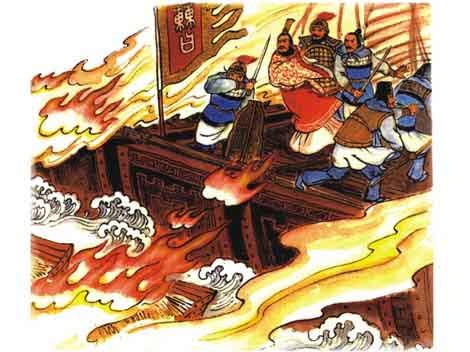
The southern generals took full advantage of the chaos, leading a ferocious attack on the camp. The assault took the already disorganized army off guard and they suffered a terrible defeat. Cao Cao understood that the situation was hopeless, and ordered his remaining men to withdraw. Unwilling to let any undamaged ships fall into his enemies’ hands, he destroyed that last of his own vessels before he retreated.
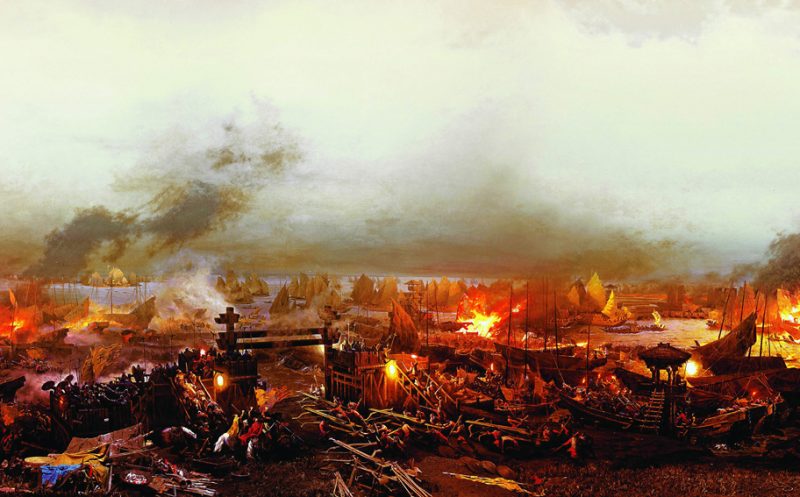
Cao Cao fled with the remaining troops and they marched down the Huarong Road. The heavy rains from the last few days had turned the entire area into a sea of sticky mud. Chased by the southern troops, the fleeing soldiers drowned in the mud, or died of exhaustion and disease, while others were trampled to death by their own men on horseback. Before long, the great army of led by Cao Cao had been decimated.
The strategic mistakes of Cao Cao were made worse as his pride blinded him. The Warlord of Northern China thought he would win solely because his enemy lacked the numbers, yet numerical superiority proved no match for his enemies’ ingenuity.
Underestimating his enemy was Cao Cao’s first and most crucial mistake, and it ended the rule of the Han Dynasty. With the absolute defeat in the Battle of the Red Cliffs, Cao Cao laid the foundation for the bloody confrontations of The Three Kingdoms of Wei, Shu, and Wu, which continued to fight for the right to rule China.
The Chancellor of the Han Dynasty Cao Cao died at the age of 65 after he had failed to unite China. His son proclaimed himself the Emperor of the state of Cao Wei and continued to fight against Shu and Wu, but without much success.
